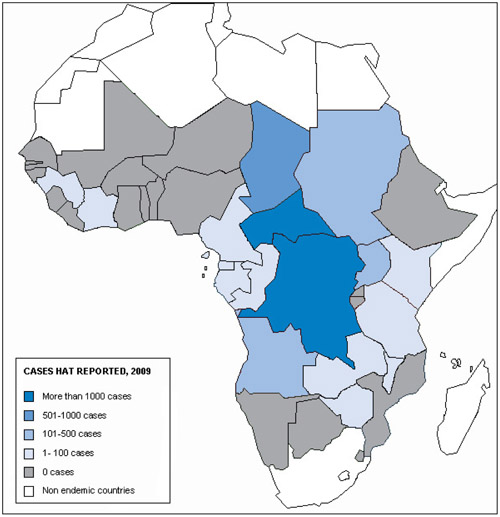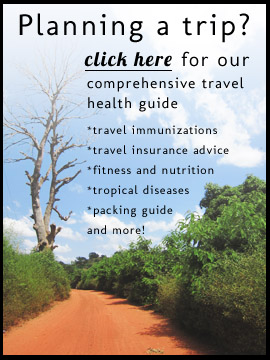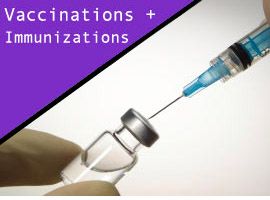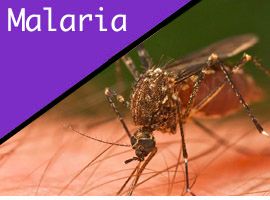One of the world’s more sinister diseases, sleeping sickness, scientifically known as African trypanosomiasis, begins with a single bite from an infected tsetse fly. If left untreated, the two forms of the parasite – T. b. gambiense and T. b. rhodesiense are almost always fatal.
From a traveler’s perspective, there is not much to worry about unless you are planning on spending time in rural areas in high-risk countries. However, it’s never a bad idea to learn about the prevention, signs and symptoms and treatment of a potentially fatal disease.
Where can you get sleeping sickness?
African trypanosomiasis is primarily concentrated in a cluster of countries in sub-Saharan Africa. Have a look at the map below with case numbers (the map comes from the PLOS Journal for Neglected Tropical Diseases):
As you can see, the greatest risk is in central Africa, and even within those countries, the risk is concentrated in rural areas, where you have a chance of getting repeatedly bitten by tsetse flies. The risk of sleeping sickness infection from a solitary tsetse fly in areas where the disease is endemic is estimated at less than 0.1%. However, when you are bitten repeatedly over days, weeks and years, the chances of infection obviously go up.
What can you do to avoid sleeping sickness if you plan on traveling in affected areas?
Unfortunately, there is no vaccine for sleeping sickness. The best way to avoid infection is of course to steer clear of high-risk areas. If you are planning on traveling to such areas, however, make sure to liberally apply insect repellant and to wear long-sleeves and pants to prevent bites.
What are the signs and symptoms of sleeping sickness?
Similar to malaria, sleeping sickness often begins with fever, joint pain, and headaches. However, the early stages can often be accompanied by itching. Eventually, the lymph nodes will begin to swell, and the swollen nodes may even be visible on the back of the neck.
All of that is during the first phase of the disease. It is during the second phase of the disease where things really go south. First, the parasite crosses the blood-brain barrier and effectively enters the central nervous system. One of the first consequences of this is disruption to the sleep cycle, hence the name of the disease. Those infected will often experience periods of deep sleep during the day and wakefulness at night.
It doesn’t take long during this stage for motor function to also be affected. Patients typically have tremors, muscle weakness and sometimes paralysis of certain limbs. They may also find speech difficult. This is to say nothing of the apathy, irritability and aggressive behavior, which can also arise during this phase. If left untreated, the patient will gradually lose their mental faculties and motor functions, and they will eventually die.
Is there any treatment for sleeping sickness?
Yes, there is treatment for both stages of sleeping sickness, however, it must be said that it is significantly easier to treat the disease while it is in the initial stage. As with so many diseases, early diagnosis is critical.
A lumbar puncture is often needed in order to determine whether or not the disease has moved into the second phase. If the disease is still in the first phase, “the drugs used … are safer and easier to administer.”
If the disease has progressed into the second phase, combination drug therapy is typically used, and it includes oral medications as well as infusions. These drugs are significantly more toxic than the drugs used during the first phase. Unfortunately, they are necessary as not many drugs are able to cross the blood-brain barrier in order to attack the parasite.
There is hope on the horizon, however. A new treatment with pills alone is being tested, and the early results are very promising.













{ 0 comments… add one }